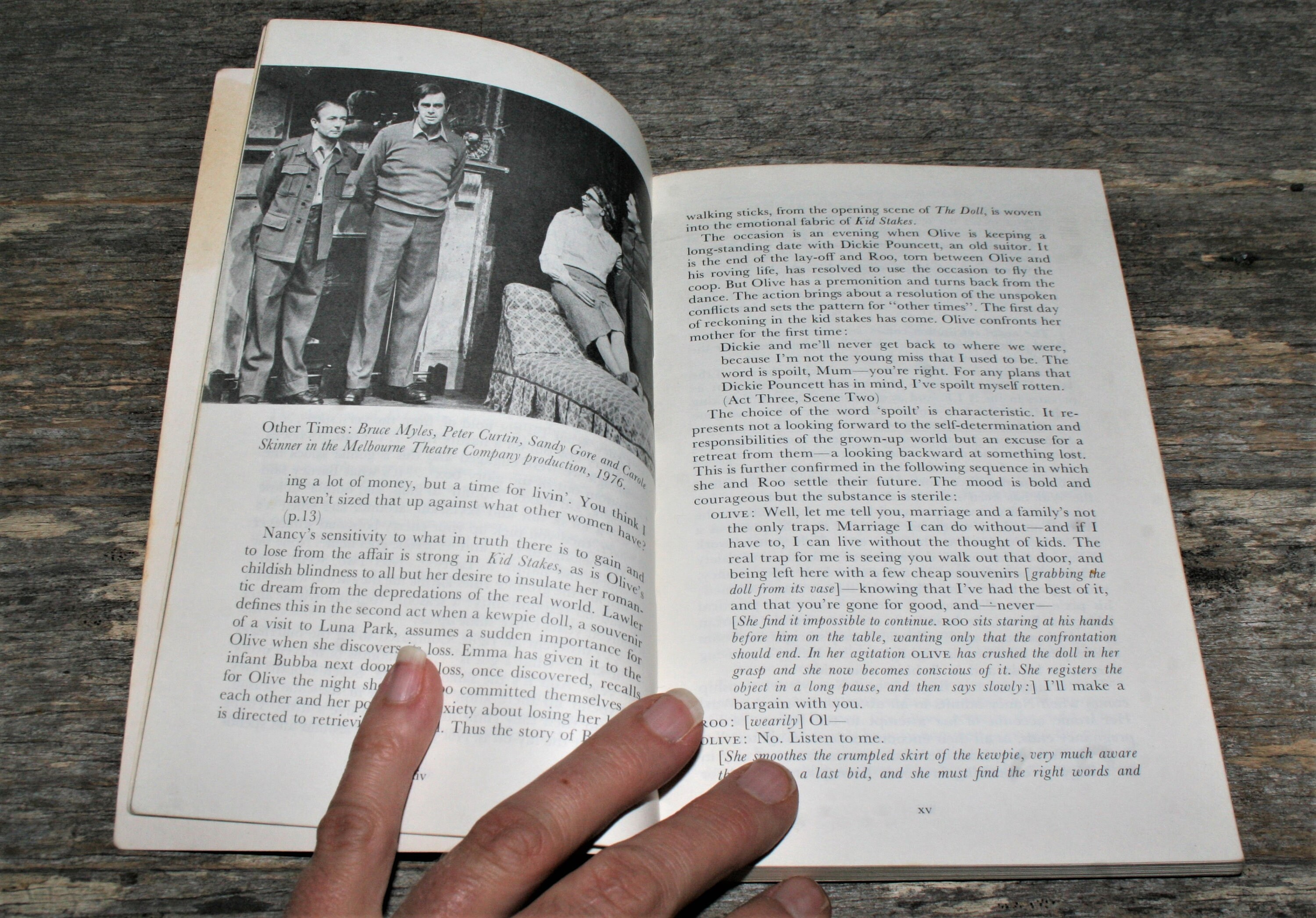


Sydney: Currency Press, 1997: 564-656.įorm y Summer of the Seventeenth Doll Joy Hollyer,ġ955 (Manuscript version) x401242 Z981269 1955 single work radio play form y Summer of the Seventeenth Doll Season of Passion John Dighton, 'Summer of the Seventeenth Doll.' Companion to Theatre in Australia. The city emerges victorious, but the emotional tone of the play vindicates the fallen bushman.' The play charts the inevitable failure of the dream of the layoff, the end of the men’s supremacy as bush heroes and, most poignantly, the betrayal of the idealistic self-sacrifice made by Roo’s girl friend Olive – the most interesting character – to keep the whole thing going. Barney’s girl friend Nancy has left to get married and is replaced by Pearl, who is suspicious of the whole set-up and hopes to trap Barney into marriage. There has been a fight on the canefields and Roo, the tough, heroic, bushman, has arrived with his ego battered and without money.

The 17th year of the canecutters’ arrangement is different. 'Ray Lawler’s play confronts that legend with the harsh new reality of modern urban Australia. Its principal appeal – and that of two later plays with which it forms The Doll Trilogy – is the freshness and emotional warmth, even sentimentality, with which it deals with simple virtues of innocence and youthful energy that lie at the heart of the Australian bush legend. The play tells the story in traditional well-made, realistic form, with effective curtains and an obligatory scene. The title refers to kewpie dolls, tawdry fairground souvenirs, that they brings as gifts and come, in some readings of the play, to represent adolescent dreams in which the characters seem to be permanently trapped. 'The most famous Australian play and one of the best loved, Summer of the Seventeenth Doll is a tragicomic story of Roo and Barney, two Queensland sugar-cane cutters who go to Melbourne every year during the 'layoff' to live it up with their barmaid girl friends.


 0 kommentar(er)
0 kommentar(er)
